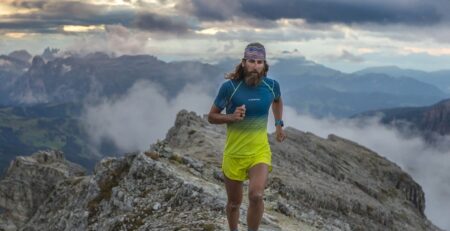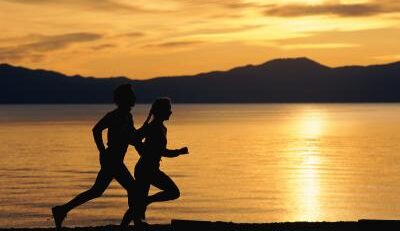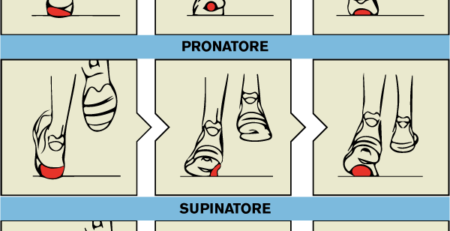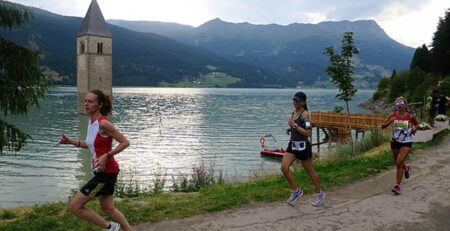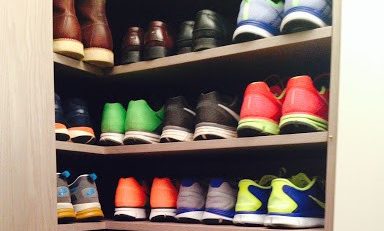Let’s dispel a taboo right away: running in theautumn/winter, even when it’s light or cold, is nice.
It’s nice because we finally don’t have the excuse of ‘yes, I like running but it’s too hot’ or ‘I’ll wait until the summer’s over’.
It’s nice because in spring everyone is good at getting into shape for the dreaded swimming costume test. It’s in autumn and winter that we draw the line. Even at the cost of remaining three: better few but good!
It’s nice because running reserves new colours and new perspectives for us in every season, even if the route always remains the same.
It’s nice because returning home after a run in the dark and cold feels like a hero. And the trophy is a nice glass of wine or beer in front of a lit fireplace and a hot meal.
It’s nice because limits don’t exist, except in our heads.
It’s nice because that’s how you learn to appreciate the ‘beautiful’ season.
It’s nice because running is the most beautiful discipline in the world. In any season.
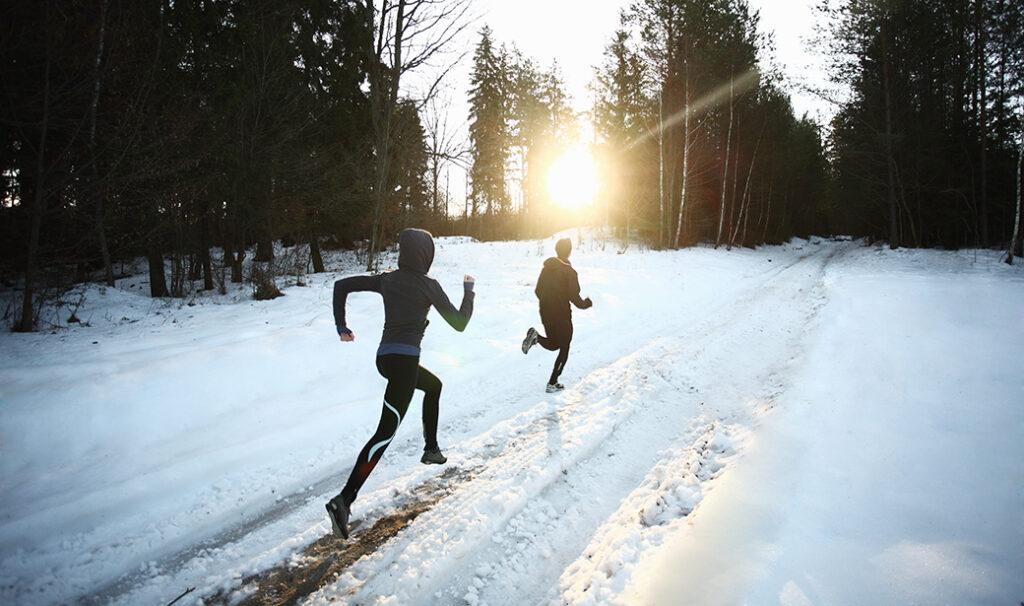
In order to enjoy your training to the fullest during these months, however, you need to put yourself in the best possible condition to do it.
For example, if for work reasons you are going to run early in the morning or in the late afternoon/evening, first of all make sure you wear clothing with plenty of reflective elements, so that you are always clearly visible. In addition, a headlamp or other lights that can not only illuminate our path, but also and above all make us visible to others, will never be wasted. Safety is never too much.
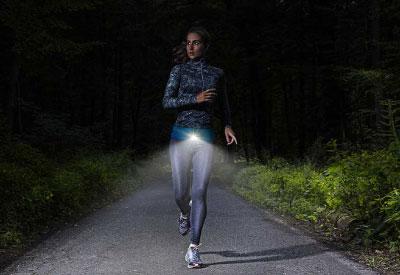
Secondly, you will need to dress appropriately. In dark and cold conditions, it will be good to wear a first layer of technical clothing (a thermal vest), a second layer (a more or less heavy jersey) and, in the case of wind or rain, a windproof or waterproof jacket. Of course, it will be good practice to check the outside temperature before setting off for training: there is no such thing as too much or too little clothing. A good idea would be to start running with a slight feeling of coolness (not too much, of course!), because as you go, the temperature will promptly rise and you will be able to do the activity in optimal conditions. If, on the other hand, you start out already hot, you will inevitably sweat in the following minutes, with the consequent drop in comfort and above all with the risk of catching cold, being left with wet clothes on. For this reason, clothes that are as breathable as possible and do not ‘imprison’ us in sweat will always be preferred. If, on the other hand, the conditions are milder and more clement, then a technical underwear that is not too heavy, perhaps combined with a light T-shirt, will suffice. In the case of rain, wind or adverse weather conditions, you will need to turn to a windproof or waterproof jacket. There are many different types and price ranges, the important thing here too is to find one that is breathable and allows excess heat to escape and prevents wind or rain from entering. In the rain, a thermally welded one will be preferable, which can guarantee the best possible waterproofing.
As for trousers, whether they are long, short or ¾ length, the advice is to opt for close-fitting ones, which will prevent the entry of air for greater comfort and a more appropriate temperature. They come in various weights and even here, in the event of rain or wind, it is better to choose the more technical ones.
Finally, don’t forget a good pair of gloves, neck warmers or hats to protect you from the bitter cold.
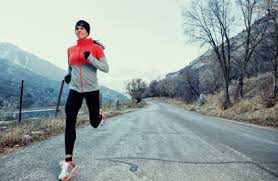
Try, finally, not to go training alone: company, obviously keeping a safe anti-covid distance, is essential: you have more fun, you fatigue less, you stimulate each other and it is also the safest way to tackle races in the dark and in poor visibility conditions.
Good training everyone!



